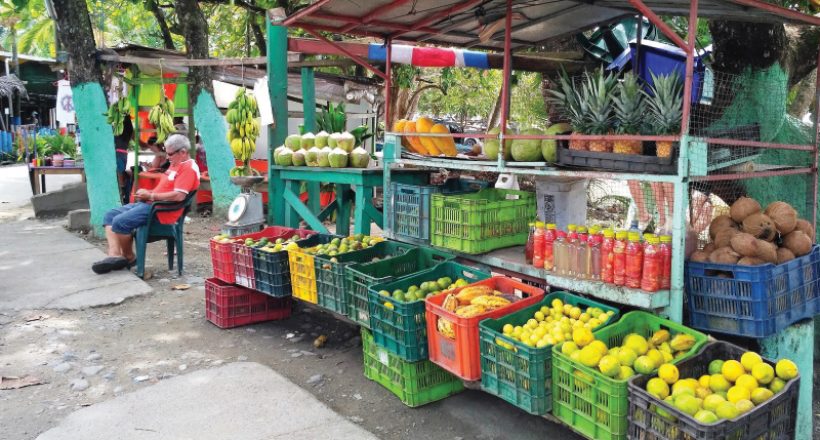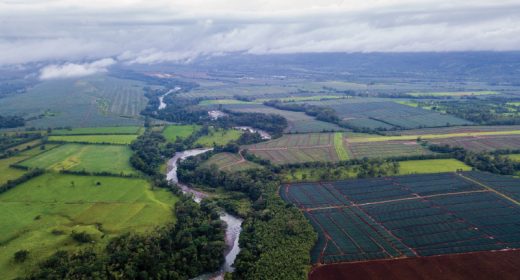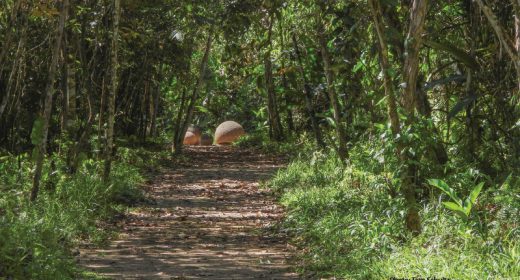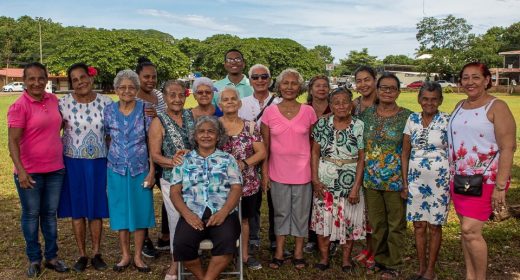Your Lead Paragrpah goes here
Visiting the Fruit and Vegetable Stand. It’s the little things that make Costa Rica so special, and the taste of fruits and vegetables is one of those things. The difference between eating fresh vine-ripened and shipping-ripened products is immediately apparent. On almost every major cruce (street crossing) you will find a verdureria (fruit and vegetable stand). Not only can they bring down the cost of your weekly food shopping needs but also serve as a great Spanish learning classroom!
One of the most important parts of Tico living is the saludos (greetings). Unlike the “get-to-the-point” culture of many people, time should be taken in Costa Rica to properly greet the vendors you visit before you ask for something. A “Hola, como estas?” or even just “Buenas” goes a long way. Ideally, you should collect a few salutations like these and try them out everywhere you go. Avoid jumping right into a request or need; always look people in the eyes, smiling and greeting them warmly. This simple act will change the quality of service you receive.
Ask for cooking tips and
ways to eat, and bring home
new flavors for your family.
Another helpful tip is to prepare some useful sayings that can help you get through the interaction more smoothly. This will serve you well not only when shopping for food but also when visiting places like the bank and providers of your electricity, cable and water services. Each requires a specific vocabulary and sayings. You can make these lists of greetings and phrases and save them on your smartphone. Having them saved on your phone and using them shows the person you are interacting with that you are trying to meet them in the middle of this language barrier and it also has the magical effect of helping you remember. Researchers have found simply “holding” the information — in this case, physically — brings your stress level down and allows you to better access it when needed. Refer to page 23 of this magazine or the Howler Simply Spanish vignettes online to formulate these phrases.
Lastly, take the moment to be adventurous. When shopping for fruits and vegetables, try out unfamiliar ones. Ask for cooking tips and ways to eat, and bring home new flavors for your family. Here are some suggestions you’ll be glad to have picked up on your next visit.

Yuca is a large brown root vegetable you can eat boiled, fried or as a base for many dishes.
Chayote is a green, pear-shaped vegetable with wrinkles; it looks like a mouth after sucking a lemon! Eat chayote fresh in a salad or diced and boiled to make picadillo.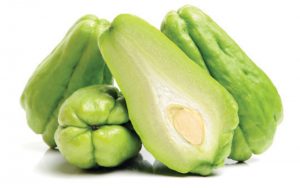
 Plátano (plantain) is a gigantic banana. It must be cooked before eating and can take on many shapes and consistencies. Green plantains make patacones, or twice-fried plantain chips. Yellow to brown plantains make maduros, a sweet plantain cooked in butter and served with pinto.
Plátano (plantain) is a gigantic banana. It must be cooked before eating and can take on many shapes and consistencies. Green plantains make patacones, or twice-fried plantain chips. Yellow to brown plantains make maduros, a sweet plantain cooked in butter and served with pinto.
Granadilla is an oval-shaped fruit, orange to orange-brown in color, with a hard, crisp skin. It contains a bundle of seeds surrounded by a tasty pulp. Eat with a spoon or add to a smoothie, yogurt or your favorite vinaigrette.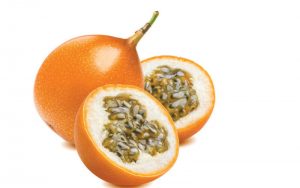
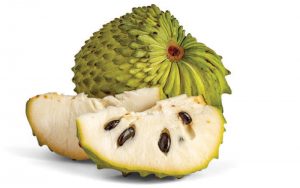 Guanábana, also known as soursop, is a giant, spiky green fruit with mushy white interior and black seeds. The seeds must be removed before putting the flesh into a blender or eating. Considered a superfruit, it’s a super addition to any smoothie.
Guanábana, also known as soursop, is a giant, spiky green fruit with mushy white interior and black seeds. The seeds must be removed before putting the flesh into a blender or eating. Considered a superfruit, it’s a super addition to any smoothie.
Mango/Manga comes in many varieties. Not all are alike and each stage is eaten in different ways. Ticos love green mangos, crispy and delicious cut into thin strips with salt and lemon or a number of different toppings. As the mango turns pale orange to reddish, the inside intensifies in color and sweetness. Mango refers to the smaller size and manga the bigger size.
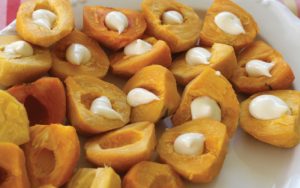 Pejibaye is more vegetable than fruit, with glossy green, orange or red skin and black stripes, resembling a large acorn. Cooked and peeled, its yellow pulp tastes very good with a little mayonnaise added to it. It can be made into bisques and mousse.
Pejibaye is more vegetable than fruit, with glossy green, orange or red skin and black stripes, resembling a large acorn. Cooked and peeled, its yellow pulp tastes very good with a little mayonnaise added to it. It can be made into bisques and mousse.
Tamarind is known for its brown pods and can be found around its namesake town, Tamarindo, during the harvest season. It can be eaten right off the tree, like nature’s candy, by sucking the tart and sweet meat off the seed. Tamarind can also be found in the produce section of food stores in little brown bundles of mush. This can be placed in water to let sit or boiled in water to make tamarind juice.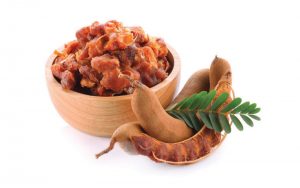
Flamingo area articles
Getting to know Flamingo
Playa Flamingo Now and Then
Adventure Articles:
Diamante: Went for adventure and found Costa Rica culture too
Ecotourism in Costa Rica: Sustainable Tourism
Ecotourism Pioneer: Rafael Gallo – Ríos Tropicales
Caminos de Osa: Costa Rica Tourism that Helps Costa Ricans
Rincon de la Vieja – Things to do
4×4 Lake Arenal – road to El Castillo
Lucky Lovers Leap into an adventure of a lifetime
Lake Arenal – Lost Canyon Adventure
Gone Fishing: worst day fishing beats the best day working
Seven Days in Costa Rica: Arenal, Dominical and More
Lake Arenal: Safari River Float is a slow boat to paradise
Gone Sailing in Guanacaste Costa Rica
Cocos Island, Costa Rica’s treasure
Stand Up Paddle boarding SUP
ATV Tours, Take the road not taken
Deep Sea Fishing, Fun and Flamingo Costa Rica
White water rafting in Costa Rica
Scuba Diving in Costa Rica
Costa Rica Combo Adventure Parks
Authentic Costa Rica: What to do in rural Bijagua
Blue River Resort and Hot Springs

